Been There
For 30 days, I immersed myself into the field research experience. I spent a week in Barrow (Utqiagvik), Alaska learning not only about my project, phenology and vegetation change in the warming arctic, but also other research happening in the Barrow region. I was also able to to learn about and experience some of the Inupiat culture and grew to love and respect the level of resourcefulness and resiliency of a people who have carved out a life in the harshest environment imaginable. After that week, I traveled south on the Dalton Highway from Prudhoe Bay to Toolik Field Station where I spent the next three weeks. While working at Toolik I visited research sites at Imnavait Creek and Slope Mountain. I believe that I had the best of both arctic worlds in this experience. I was able to see the native culture as well as the "scientist" culture. By the end of my time in Alaska, I had the honor of traveling the entire length of the Dalton Highway. I even drove a leg of that journey! It has been a once in a lifetime experience.
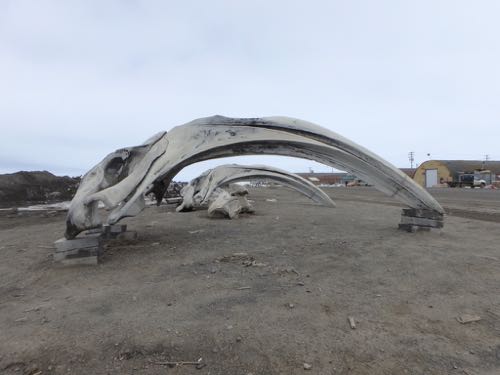
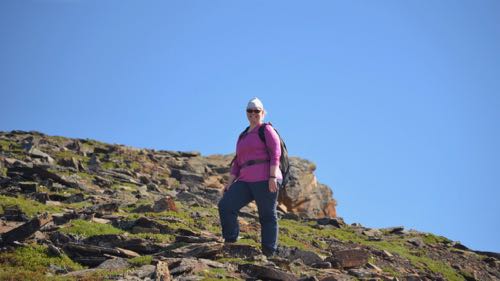
Done That
While I was experiencing the arctic, what did I really do there? Well, once the snow cooperated and allowed us access to the vegetation, there was a lot of work to do. The phenoloogy project I worked on with the Florida International University team is a long term phenology study. Dr. Steve Oberbauer and his teams have been collecting data on how climate change affects plant phenology since the 1990's. This is a critical open source data base that is utilized by researchers looking for historical data for their own projects. I worked with Dr. Jeremy May and Matthew Simon for three weeks collecting this data from the MISP (mobile instrumented sensor platform) trams and the phenology plots. The data collected covered the health and greenness of plants, their growth, and their timing of events (greening up, buds expanding, flowering, seeding, etc.). This data is now going to be there for the benefit of other scientists, and I was a part of this. I was a piece in this process. That is amazing and humbling.
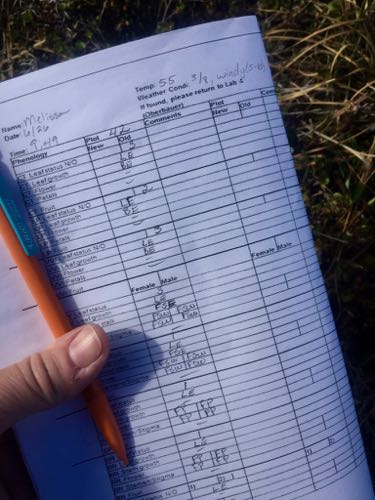
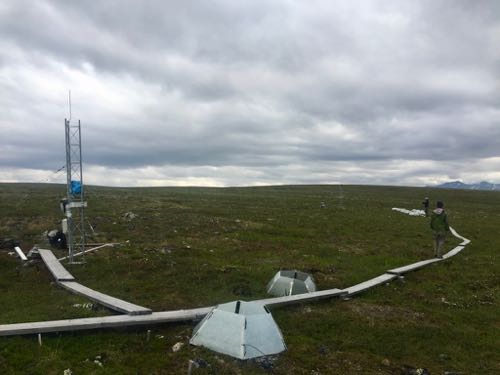
Got The Certificate
While my time in Alaska may have come to an end, my work is just beginning. I have a little over a month before school begins. A little over a month to process and synthesize this experience. A little over a month to think about what I want to share with my community and community leaders, fellow professionals, and my students. I better get busy!
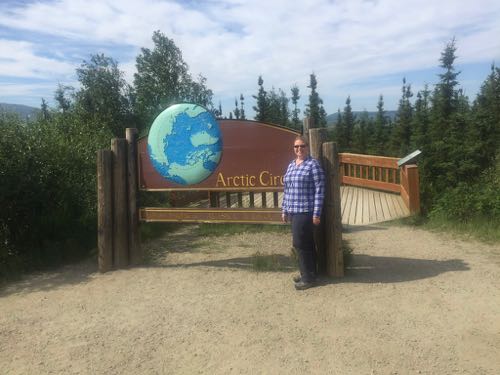
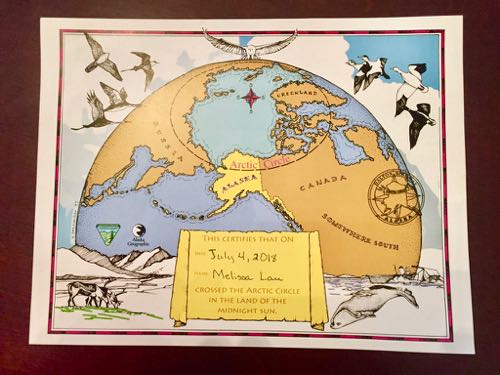


Comments